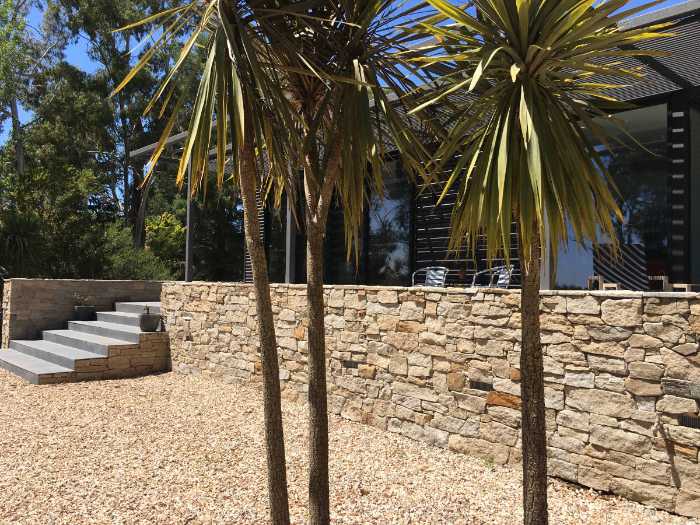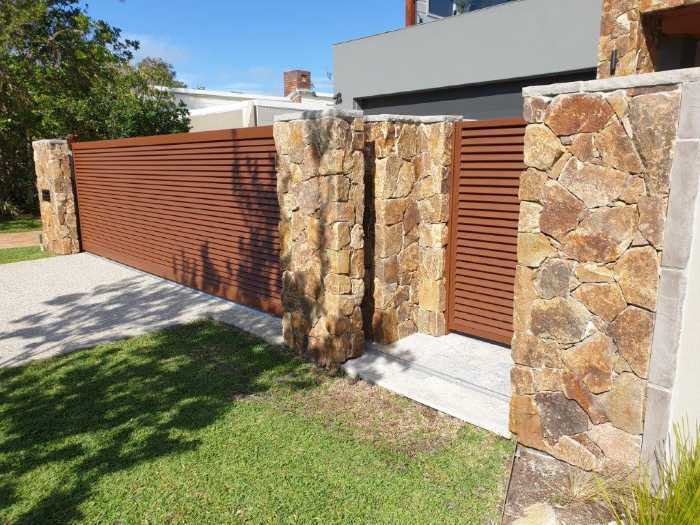
Stone wall cladding is a popular design element that can add texture, interest, and style to any home. It’s important to consider how you want to incorporate it into your overall home design before making any final decisions. There are many different ways to use stone cladding, so it’s important to explore all of your options before settling on a particular look.
If you’re not sure where to start, consider these tips on how to incorporate stone wall cladding into your home design:
There are many different types of stone to choose from, so it’s important to select the right one for your space. Consider the overall style of your home and the look you’re trying to achieve before making a final decision.
Once you’ve selected the perfect stone, it’s time to decide where you want to place it in your home. Stone cladding can be used indoors or outdoors, so think about which area of your home would benefit most from this.
You can start by reviewing InfinitiStone Cloch Nádúrtha agus Manufactured Stone Ranges.
There are many benefits of cladding stones. It’s a versatile material that can be used indoors or outdoors. Stone cladding is also durable and long-lasting. Plus, it’s easy to maintain and clean. Stonewall can also increase the value of your home.
There are two main types of stone wall cladding: natural stone and manufactured stone. Natural stone is made from real stone that has been quarried from the ground. Manufactured stone is made from concrete that is textured and colored to look like real stone. Both types have their advantages and disadvantages.
You can use stone walling on both the exterior and interior of your home. You can also use it to accentuate certain features or create a completely new look. Get creative and experiment with different ways to incorporate stone wall cladding into your home design. Some of the best places to use stone wall cladding in your home include:


Once you’ve installed it in your home, it’s important to know how to care for it. Here are a few tips:
Following these tips, your stone wall cladding will last for many years to come!
Overall, Stone cladding wall is a great way to add value and beauty to your home. There are many different textures and colours of stone veneer to choose from, so you’re sure to find the perfect stone for your space. Plus, stones is easy to care for and maintain. With just a little bit of regular cleaning and sealing, it will last for many years to come.